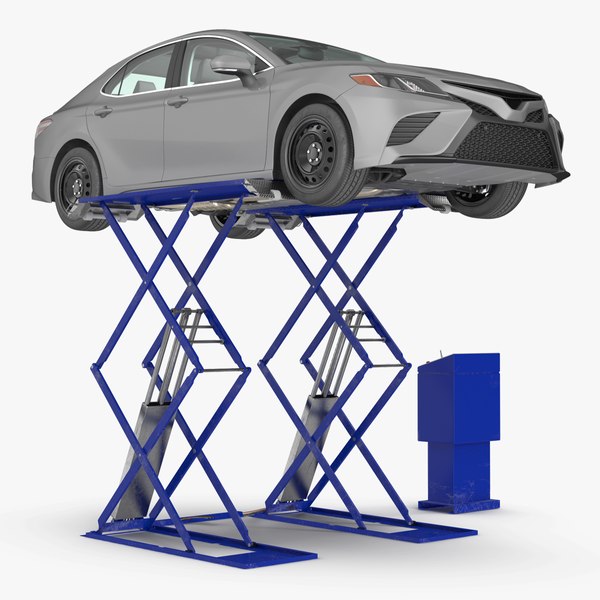
The axial piston motor is of the ‘swashplate sort’ and has a bank of cylinders arranged in a circle (360 levels) parallel to one another. Every cylinder has a piston, which reciprocates with one end of the piston pushing towards an eccentric swash-plate positioned at one end of the financial institution of cylinders. There is a mechanical arrangement by which the eccentric plate is related to an output shaft that’s axially aligned with the cylinders. Throughout motor operation, the cylinders are full of high-pressure hydraulic fluid in a particular sequence making the pistons move outwards to push sequentially towards the swash-plate inflicting it to rotate. On the return stroke of the piston the fluid is swept back at low stress to return to a reservoir. The operation imparts rotational movement to the output shaft, of which one end is linked to the swash-plate and CharLynn different to the workload. It is a design that caters to a really compact cylindrical hydraulic motor. Most axial hydraulic motors are HSLT.
Only a handful of diesels remained obtainable by means of the 1980s, but Mercedes-Benz and Volkswagen are main a resurgence in diesel availability with engines far superior to earlier variations in silence and efficiency. For economic system, the diesel is tough to beat, delivering as a lot as 25 p.c extra mileage (on diesel gas) than a gasoline engine of similar size.
By the way, the American XJ6 was something of a hybrid. It was basically the upmarket European Sovereign — now a Jaguar, not a Daimler — with the bottom mannequin’s 4 spherical headlamps as an alternative of dual flush-mount sorts. Jaguar additionally gives a somewhat much less lavish «economy» XJ6 powered by a 2.9-liter single-cam engine with Bosch injection, rated at 165 horsepower.
